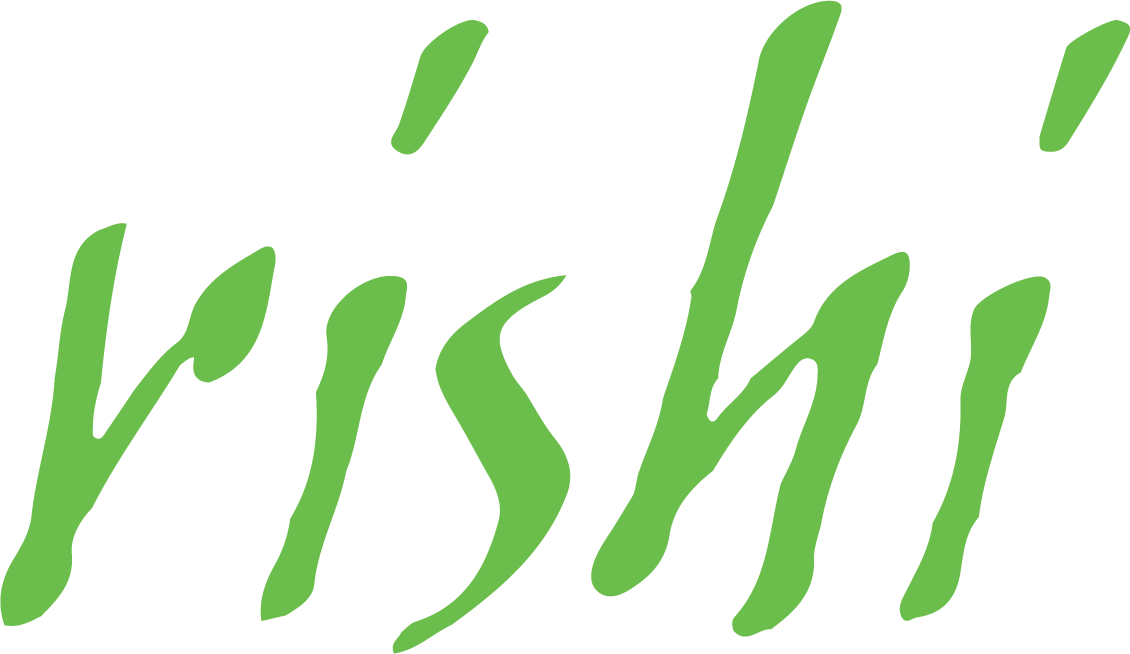Description
The Healer’s Art course enables the formation of a genuine community of inquiry between students and physicians that encourages an in-depth sharing of experience, beliefs, aspirations and personal truths. Students and faculty participate together in a discovery model that transcends the divisiveness of expertise to explore service as a way of life. The process-based curriculum takes a highly innovative, interactive, contemplative and didactic approach to enabling students to uncover and recognize the personal and universal meaning in the daily work of medicine.
Course Structure
The 15-hour elective course for M1 and M2 students consists of five evening sessions spaced two weeks apart. Each three-hour session is divided into a large-group and small-group experience. Small groups are facilitated by physicians recruited from medical school faculty and the community by the course director and codirector. The course is a seamless process, each session building upon the insights and content of the previous session. The five session topics are:
- Discovering and Nurturing Your Wholeness
- Honoring Loss
- Sharing Grief: The Healing of Loss
- Beyond Analysis: Allowing Awe in Medicine
- The Care of the Soul: Service as a Way of Life
Educational Goals & Objectives
GOALS
The Healer’s Art Course seeks to:
- Provide support for first- and second-year medical students in recognizing, valuing, enhancing and preserving the human dimension of health care.
- Enable students and faculty to experience a collegial relationship that is nonjudgmental, noncompetitive and “harmless,” and to enable students and faculty to form a harmless relationship that offers all a unique professional support system and healing community.
- Recognize the need for self-care in order to provide good patient care and avoid burnout.
- Recognize grief as a self-care strategy for physicians, and identify strategies and tools of grieving.
- Recognize that there are losses that cannot be fixed.
- Recognize the presence of mystery and awe in the practice of medicine.
- Develop greater comfort in discussing mystery, awe and death with peers.
- Formulate a personal commitment to medicine and make that commitment visible among peers.
- Legitimize openness and dialogue with colleagues and patients in the areas of service, mission and calling.
- Recognize that who they are is as important to their patients as what they know.
The Healer’s Art Course will furthermore provide an opportunity for academic and community physicians to:
- Consolidate at greater depth their understanding of a new paradigm of medical education.
- Experience teaching from this new perspective.
- Gain skill in small group participatory leadership.
- Gain skill in the dissemination of innovative ideas.
- Experience sharing the values of the Hippocratic Oath: compassion, service, harmlessness, reverence for life and covenant, with those at various levels of training.
OBJECTIVES
- Name and discuss with peers and faculty the unique personal dimension they bring to their work.
- Discuss and validate the importance of self-care for service professionals.
- Recognize and discuss the power of compassionate listening to heal loss.
- Recognize and discuss the universal commonality of loss and grief.
- Identify effective and ineffective behavioral responses to loss and grief.
- Recognize and discuss occurrences of mystery and awe in their own lives.
- Realize the diversity of beliefs and questions about death through conversations with peers and faculty.
- Identify the time when they first became aware of a calling to serve the needs of those who are suffering.
- Formulate a personal values statement that supports their own commitment to medicine.
- Speak their commitment to medicine aloud to their colleagues.
- Be able to articulate discovery discussion group guidelines and set up similar groups with peers.
Questions?
For more information, please contact Evangeline C. Andarsio, M.D., director of the National Healer’s Art Program, at evangeline.andarsio@wright.edu or 937.245.7450 ext. 2.
